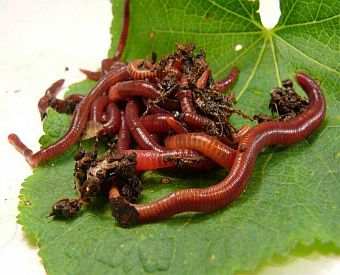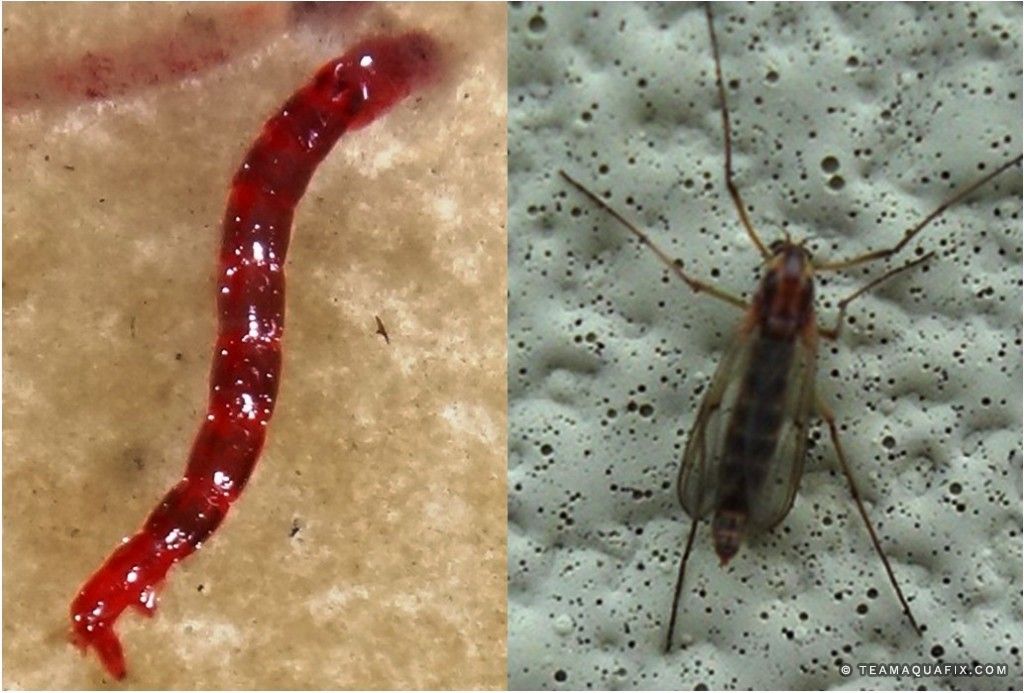Whatever You Need to Know Regarding Red Wigglers for Composting
Red wigglers, or Eisenia fetida, play a critical function in the world of composting, transforming natural waste into valuable dirt amendments. The procedure of establishing up a worm bin and preserving it can posture difficulties.
What Are Red Wigglers?

(red wigglers for composting)
Native to North America, red wigglers are surface-dwelling microorganisms that prefer wet, cozy habitats abundant in breaking down organic matter. Their diet regimen consists mostly of decomposing plant product, food scraps, and other organic debris, which they consume and damage down successfully. As they digest this material, they create nutrient-rich spreadings that enhance soil fertility.
Red wigglers are hermaphroditic, having both male and women reproductive body organs, and can duplicate promptly under optimal problems. In general, red wigglers are vital contributors to the procedure of recycling natural waste right into useful compost.
Advantages of Making Use Of Red Wigglers
Using red wigglers in composting systems offers many benefits that improve both the efficiency of waste management and the quality of the resulting compost. These worms, medically called Eisenia fetida, are particularly reliable at damaging down raw material, turning cooking area scraps and backyard waste right into nutrient-rich garden compost at an accelerated price.
One of the key advantages of utilizing red wigglers is their capability to eat huge quantities of organic material, usually processing their weight in food waste daily. This high usage rate leads to much faster decomposition and lowers the quantity of waste sent out to land fills. The castings created by red wigglers are abundant in necessary nutrients, valuable microbes, and enzymes, making them a superb fertilizer for gardens and plants.
Additionally, red wigglers prosper in a range of settings, making them versatile for both indoor and exterior composting systems - red wigglers. Their presence in a garden compost container assists to aerate the material, stopping smells and promoting a healthy composting procedure. Generally, utilizing red wigglers not just contributes to effective waste monitoring but also supports lasting gardening methods with the production of top notch compost
(Lake James Bait)
Setting Up Your Worm Container
To efficiently establish a worm container, it is necessary to choose a suitable container that satisfies the needs of red wigglers while giving a conducive setting for composting. An ideal bin can be made from plastic, wood, or metal, with a capability of a minimum of 1 square foot for every single extra pound of worms.
Ensure the container has ample drainage holes to avoid excess wetness, as red wigglers flourish in a wet, yet not waterlogged, atmosphere. red wigglers. The bin ought to likewise be ventilated to give enough air movement, avoiding anaerobic conditions that can harm the worms
A suitable area for the worm bin is a great, dark location, cost-free from straight sunshine and severe temperature levels, as red wigglers like a temperature series of 55 to 77 degrees Fahrenheit.
Before introducing the worms, prepare bedding products such as shredded paper, cardboard, or coconut coir, which will offer both environment and food. Moisten the bed linen gently to produce an inviting setting for the worms. Think about placing a lid on the bin to preserve humidity and reduce bugs, while guaranteeing it can be quickly removed for maintenance.
Feeding and Treatment Guidelines
Feeding red wigglers is a critical element of maintaining a healthy and balanced composting system. These worms thrive on a varied diet regimen, mostly composed of natural materials such as vegetables and fruit scraps, coffee premises, and smashed eggshells. It is necessary to prevent feeding them meat, milk, and oily foods, as these can produce unpleasant odors and attract pests.
When introducing food to your worm bin, slice or shred products right into smaller items to promote quicker disintegration. Beginning with percentages to evaluate the worms' consumption rate, gradually increasing the quantity as they adjust. It is suggested to alternating feeding areas within the container to motivate comprehensive blending and oygenation of the compost.

Troubleshooting Common Issues
Maintaining a flourishing worm composting system can in some cases present difficulties that need attention and troubleshooting. Usual concerns consist of an undesirable smell, which usually suggests overfeeding or the existence of anaerobic conditions. To remedy this, lower the quantity of food included and make sure proper aeration by mixing the bed linens material.
An additional regular trouble is the getaway of worms from the container. This can take place because of extreme wetness or this page inappropriate ecological problems. Consistently examine the wetness degrees, going for a wet yet not soggy consistency, and keep optimal temperatures between 60-80 ° F(15-27 ° C )to develop a comfy habitat for your red wigglers.
Parasites, such as fruit flies, can also attack worm bins. red wigglers. To combat this, cover food scraps with a layer of bedding or shredded paper to hinder flies from laying eggs. Additionally, guarantee that any type of food added is fresh and devoid of mold, which can bring in undesirable bugs
Last but not least, if your worms seem inactive, look for tension elements such as temperature variations or inadequate moisture. Attending to these typical problems will assist maintain a healthy and productive worm composting system.
Verdict
In summary, red wigglers, or Eisenia fetida, play an essential role in sustainable waste management through vermicomposting. Their capability to successfully convert organic waste into nutrient-dense spreadings boosts soil wellness and advertises plant development. Correct setup and upkeep of a worm container, in addition to adherence to feeding standards, make certain a growing community that decreases land fill contributions. Resolving usual concerns promptly additionally supports the effectiveness of this environmental method, adding to ecological sustainability and agricultural efficiency.